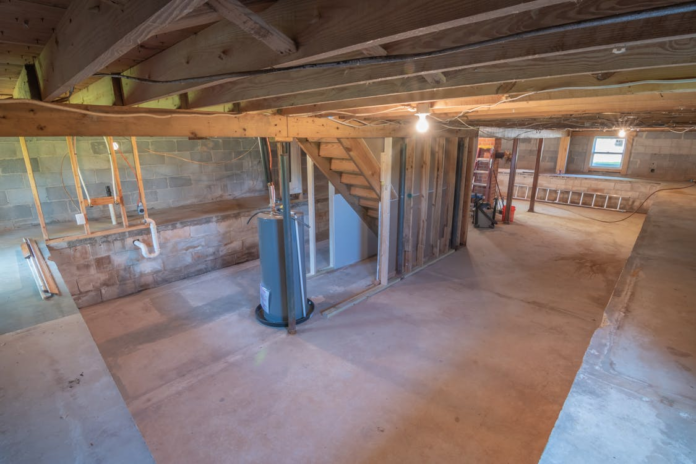A dry and leak-free basement is crucial for maintaining a healthy home environment and protecting your property from water damage. Whether you’re dealing with a newly built home or an older property, ensuring effective home basement waterproofing is essential. Here are some valuable tips and guidelines to help you achieve a dry and secure basement at your place:
Understand Your Basement’s Vulnerabilities
Basements are particularly prone to water intrusion due to their below-ground level and exposure to soil moisture. Understanding the specific vulnerabilities of your basement, such as cracks in the foundation, poor drainage, or inadequate sealing, is the first step towards effective waterproofing.
Inspect and Seal Foundation Cracks
Inspection of the walls are floors is the first step. Inspect your basement walls and floors for any cracks or gaps where water could seep through. Even small cracks can allow significant water infiltration over time. Use epoxy or polyurethane sealants to fill these cracks effectively. For larger or structural cracks, consult a professional waterproofing contractor for proper repair.
Improve Surface Drainage
Ensure that the ground around your home slopes away from the foundation. This helps to prevent water from pooling near the basement walls, reducing the risk of water seepage. Consider installing or maintaining gutters and downspouts to direct rainwater away from the foundation.
Install an Interior Drainage System
In homes where exterior waterproofing is impractical or insufficient, installing an interior drainage system can effectively manage water infiltration. A French drain or interior weeping tile system can collect and redirect water to a sump pump, which then pumps the water safely away from the foundation.
Apply Waterproof Coatings
Applying a waterproofing membrane or coating to the interior basement walls can provide an additional layer of protection against moisture intrusion. These coatings help to seal out water while allowing the walls to breathe, preventing the buildup of mold and mildew.
Maintain Proper Ventilation
Good ventilation is crucial for reducing humidity levels in the basement, which can contribute to mold growth and musty odors. Ensure that vents are unobstructed and consider using a dehumidifier if necessary to maintain optimal humidity levels.
Monitor and Maintain Regularly
Basement waterproofing is not a one-time task but requires ongoing monitoring and maintenance. Regularly inspect your basement for signs of water damage, such as damp spots, mold growth, or musty odors. Address any issues promptly to prevent them from escalating into more significant problems.
Conclusion
Investing in effective basement waterproofing measures not only protects your home’s structural integrity but also enhances its overall livability and value. By understanding the vulnerabilities of your basement and implementing proactive waterproofing strategies, you can ensure a dry, comfortable, and secure living space for years to come.
Implementing these tips can significantly reduce the risk of water damage and improve the overall health and comfort of your home. Whether you’re renovating an existing basement or building a new home, prioritizing basement waterproofing will pay off in the long run by preserving your investment and enhancing your quality of life.

